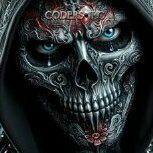Archived
This topic is now archived and is closed to further replies.

Dynasty Warriors: Strikeforce (Xbox 360)
By
chain, in Xbox 360 & Xbox 0ne
This topic is now archived and is closed to further replies.

By
chain, in Xbox 360 & Xbox 0ne